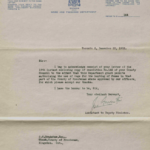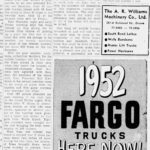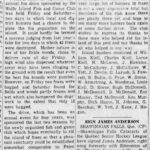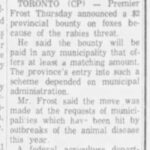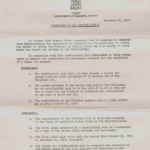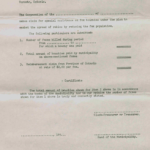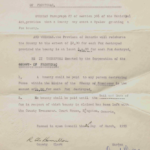Street Address: 32 Simcoe Street
In 2020, foxes gripped the imagination of Kingstonians when a litter of what was thought to be nine pups made an appearance here, along the waterfront near the Kingston Yacht Club.[1] There were some mixed reactions to the animals. Some Kingstonians feared that the foxes might be a threat to their pets (or vice versa), and some were concerned about locals trying to feed the foxes. When the mother of this family was hit by a car and the father could not be found, the kits were relocated to Sandy Pines, a local wildlife and rehabilitation centre.
Much like wolves, foxes historically faced extermination campaigns and bounties in Kingston but unlike their larger cousins they have succeeded in carving out a niche for themselves in the city. Animals, such as foxes, who choose to live near humans are called “synanthropic species” because they tend to benefit, at least at the population level, from human environments.[2] Foxes have devised several strategies for living in cities: becoming nocturnal is one strategy while another is finding hidden spots in the city to den. A 2016 BBC documentary of urban foxes in England, for example, showed how a pair of foxes set up a den under a sewer and how under the banner of darkness the male fox foraged for food while the vixen looked after their pups.[3]
Ethologists also believe that urban foxes (unlike their country counterparts) are undergoing a process of neoteny (or self-domestication). This process involves a genetic shift towards retaining more juvenile characteristics, like greater curiosity, floppier ears, shorter noses, and less competitive behaviour. Ethologists are finding that urban foxes are developing shorter snouts and smaller craniums than their wild kin.[4] Because of the bounty of food opportunities in cities, ethologists suspect these physical changes in urban foxes might have to do with them spending more time foraging than hunting. Another potential effect of their return to foraging is reduced conflict with humans.
With foxes, and other extraordinary urban adapters, we see urban history unfold before our eyes, as animals shape, and are shaped by, the city.
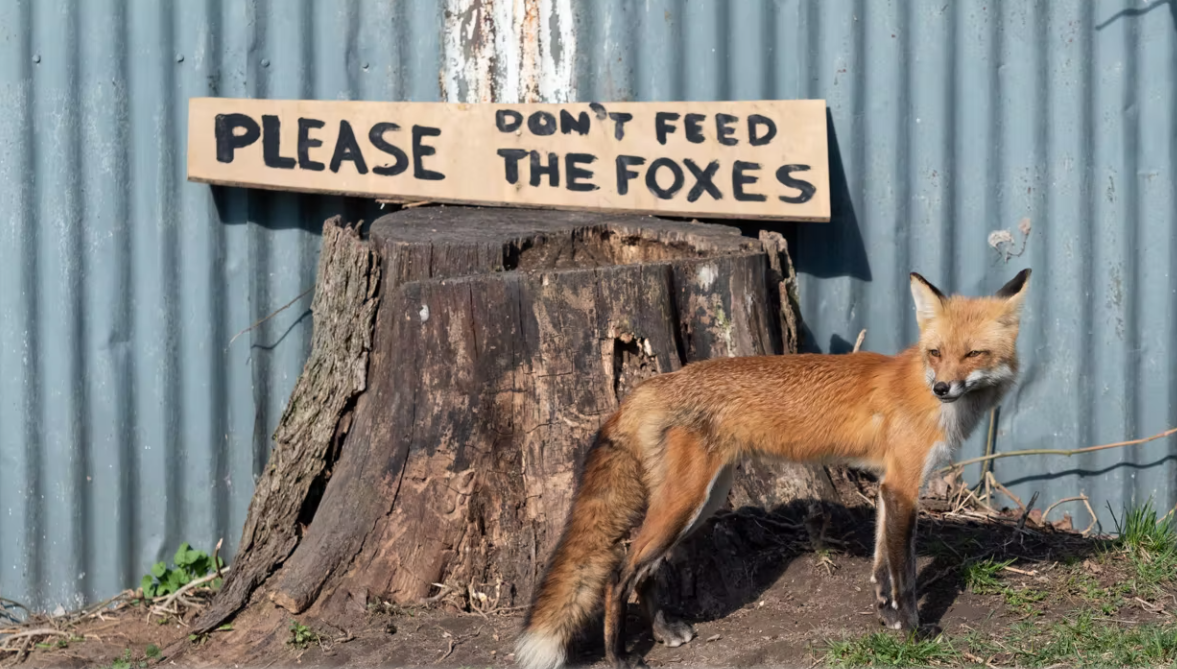
Notes and Credits:
Footnotes:
- [1] Scace, M., 2020. “Family of foxes to be removed after mother killed,” Accessed from The Whig. You can see a short video of these pups made by Josh Lyon on Vimeo titled “Baby foxes, Kingston, Ontario 2020”
- [2] Living in the city is not easy for foxes, despite food availability. They still confront many lethal threats from cars, humans, dogs and coyotes. Shutt, A., and Crossman, B., 2017. “Seeing More Red Foxes in Your Neighborhood or Town? Here’s Why…”, Available from The Canid Project.
- [3] “Foxes Point of view at night: 360 degrees”, available from Planet Earth II: Cities – BBC One.
- [4] Anon, 2020. “Urban foxes more like domesticated dogs”, Available from BBC News.
Extras:
- Fox, book by Martin Wallen
- Pierson v. Post, The Hunt for the Fox: Law and Professionalization in American Legal Culture, book by Angela Fernandez
- Fox Tales: The Folklore and Natural History of The Fox, a book by Brian Ellis
- A year in the life of an urban fox, an article by Sarah McPherson
- First Possession with Angela Fernandez, a podcast episode on The Animal Turn discussing how fox hunting shaped property law
- The adaptable Arctic fox, a podcast episode by All the Creatures Podcast


